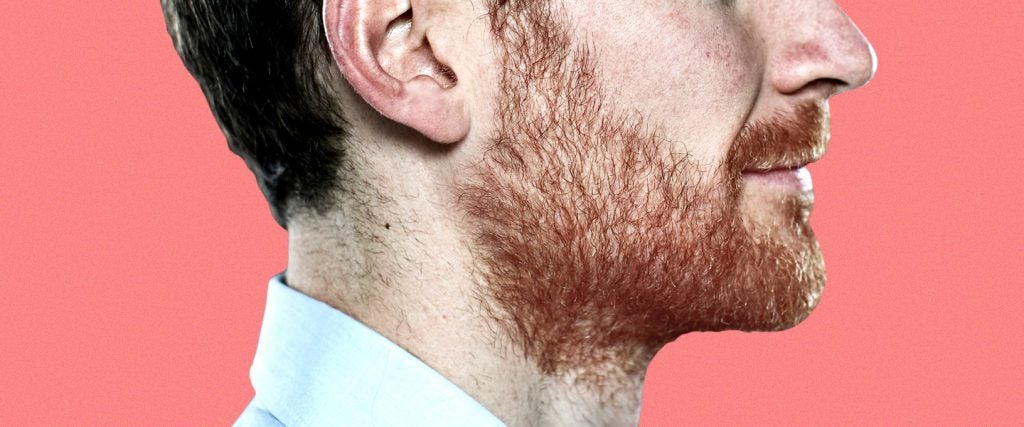I am, without a doubt, brown-haired. The mane on my head is brown. My eyebrows are brown. The fur across my chest is brown. And yet, somehow, someway, I’ve got red whiskers in my beard, a common occurrence among many of the non-gingers among us, which, of course, is the cause of much confusion.
“I’m 18 y/o and I have black hair and beard. The thing is that I haven’t shaved since mid-September, and I’ve noticed that I have some red/copper hairs around my chin and cheeks,” writes redditor mrrobledo12. He adds that it’s particularly strange to him because he’s Mexican, and from what he knows, he doesn’t have any ginger or blond relatives on either side of his family.
The bros of Reddit quickly jumped in to suggest that his red beard hair could be a product of intermixing cultures during the Mexican-American war. “A lot of Irish Americans defected to Mexico, and that’s why some of us have ginger hair,” one responded.
Meathead speculation aside, I’m Persian, and there are no Irish defectors in my family tree. So where does that red in my beard originate from?
The answer, as is so often the case with genetic anomalies, is layered. “The genes that determine hair color are so-called ‘incomplete dominant hereditary traits,’” Petra Haak-Bloem, a specialist at the Dutch national information center for genetics and hereditary traits told Motherboard in 2015. “This means that there isn’t one single gene that’s dominant over the rest, but all genes influence each other.”
Translation: Hair color is a bit of a genetic mishmash.
It does help to know, though, where red hair comes from. As I’ve previously noted, redheads are a product of MC1R, or the redhead gene that controls pigment production in hair cells. The reason why a person has a red beard — or even bits of red in their mostly brown beard — is due to the different ways MC1R is expressed in the beard follicles versus the scalp follicles. “The phenomenon also occurs in some men as they age — usually as they pass their 40th birthday, which is probably because the pigment-producing cells in scalp hair and beard hair age at different rates,” Nina Jablonski, professor of anthropology at Penn State University, told Live Science.
And that’s more or less that. It’s nothing to be red-faced about. It’s simply the wondrous combination of genetics and aging at play in your facial hair.

